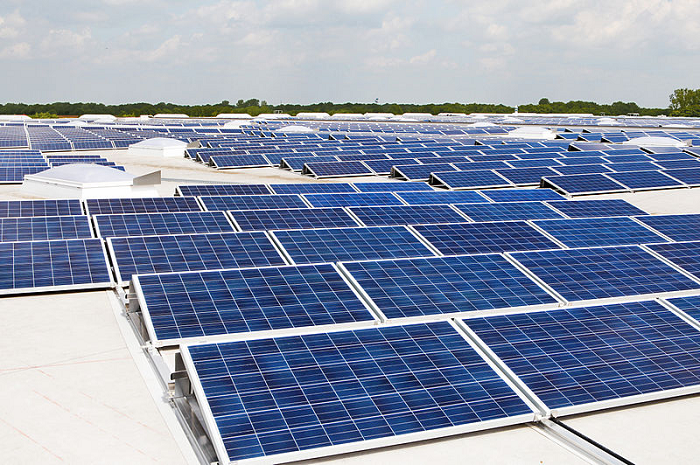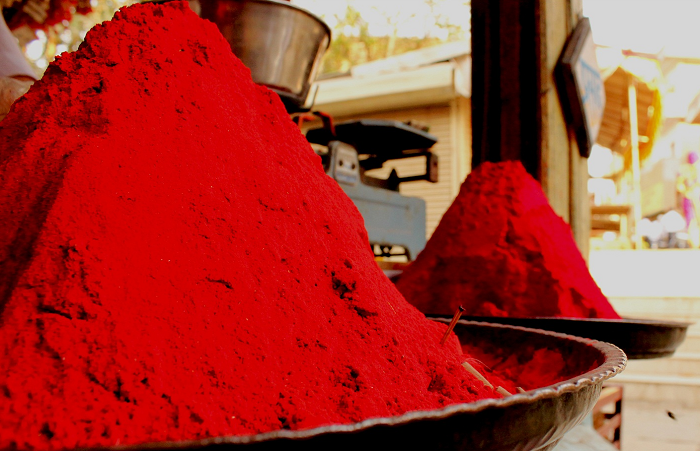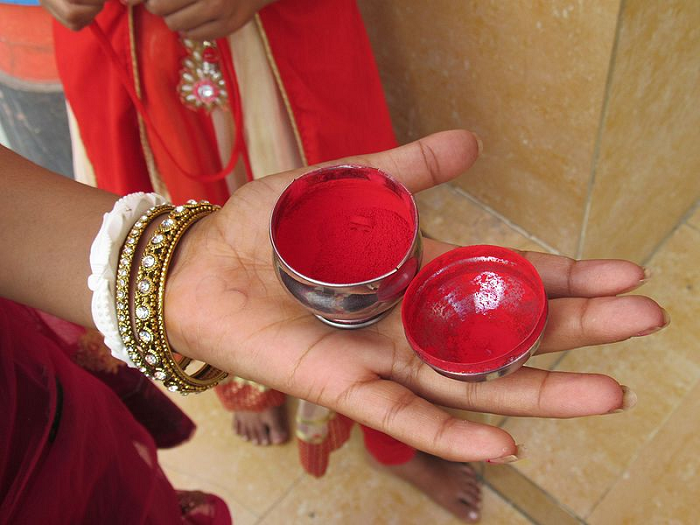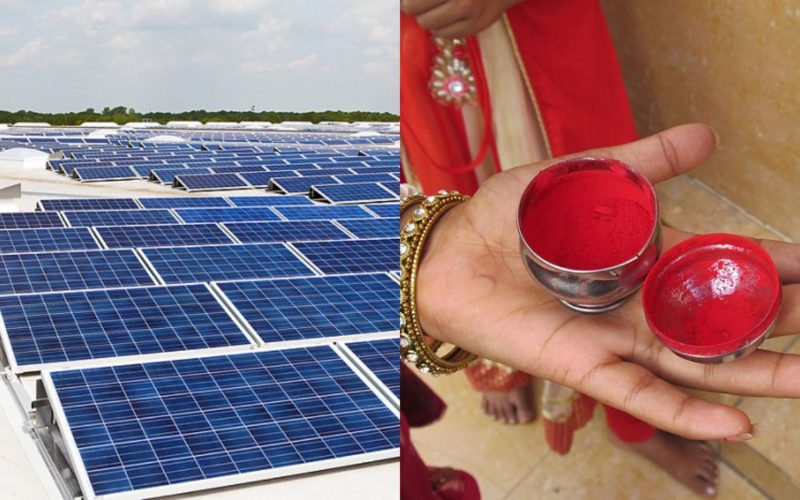With this year’s summer being one of the hottest I’ve experienced, the AC and the fans were switched on full-time. So when I received a big fat electricity bill at the end of the month, I couldn’t help but think of a cheaper alternative which would also lessen the use of fossil fuels. My thoughts went straight to going solar! But they seemed expensive.

As you may know, electricity comes from burning carbon fuels such as coal, oil, gas, etc. which generates humongous amounts of steam that drives turbines which then produces electricity. However, sitting in our homes under the fan, we seldom think about the massive amounts of carbon dioxide being emitted in the process and hence, causing climate change.
Using solar panels is a good alternative. However, solar panels are usually silicon-based and the cost of fabrication is huge. It includes very high-temperature methods which emit large amounts of carbon dioxide.

Countering this problem, an IIT-Hyderabad professor, Sai Santosh Kumar Raavi from Department of Physics, has developed low-cost, eco-friendly, solar cells manufactured from “off-the-shelf” dyes which are used to make kumkum and vermilion in India. These solar panels are called ‘Dye Sensitised Solar Cell’ (DSSC).
Sources revealed that their main intention behind developing the DSSC was to limit the use of silicon. The use of organic materials is cost-effective and is easier to fabricate.

The dye-sensitised solar cell (DSSC) is based on New Fuchsin (NF) dye with aqueous electrolyte and platinum-free counter electrodes, according to the research published in the Solar Energy journal. NF is an inexpensive dye available in most supermarkets in India and its purest form costs Rs. 140/gm.
“It’s cheap, non-toxic and is soluble in water and importantly does not degrade in the presence of water”, said Prof. Raavi.

While many are slowly shifting to using solar panels to protect the environment, we hope that this cost-effective solution hits the markets soon!




